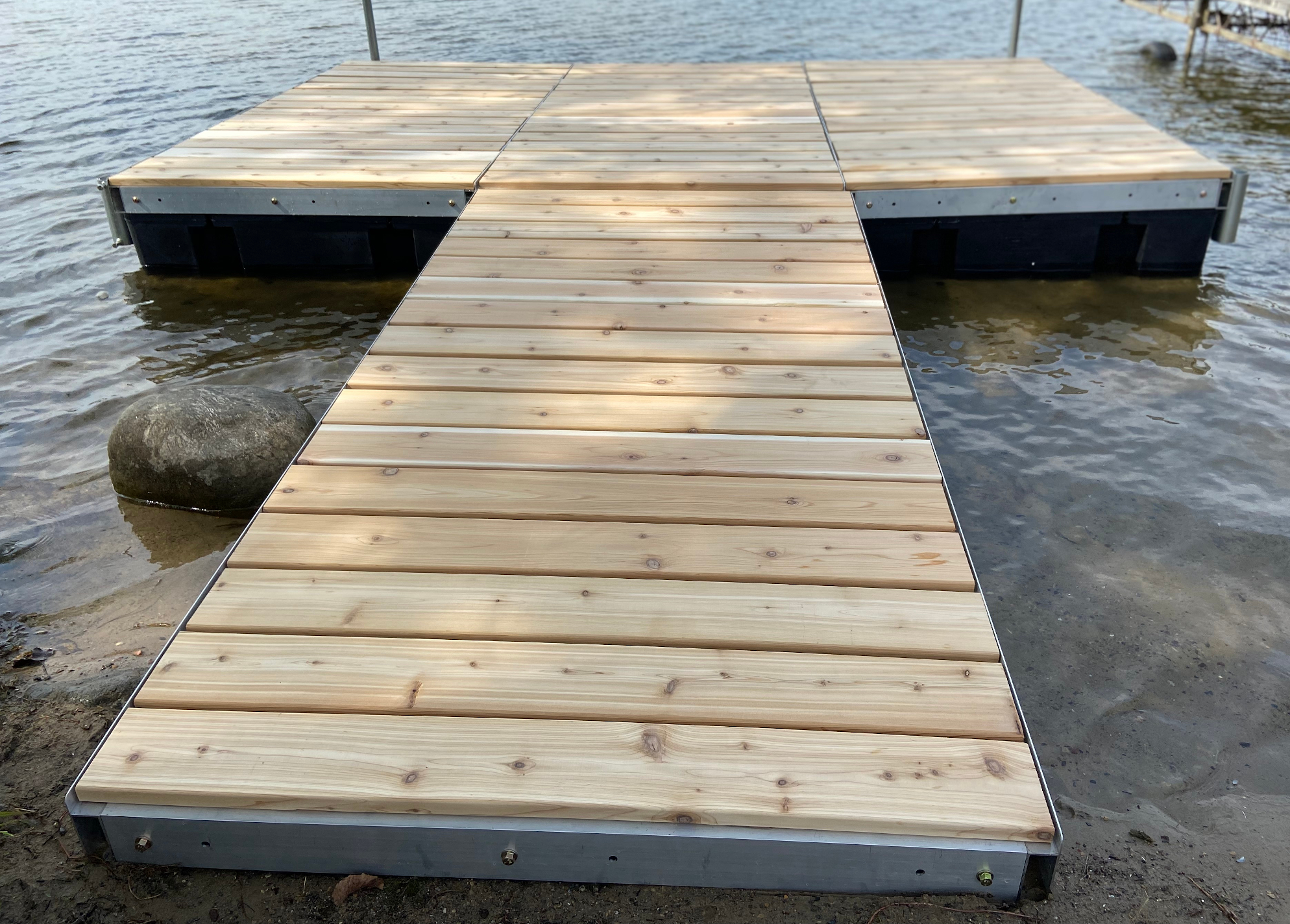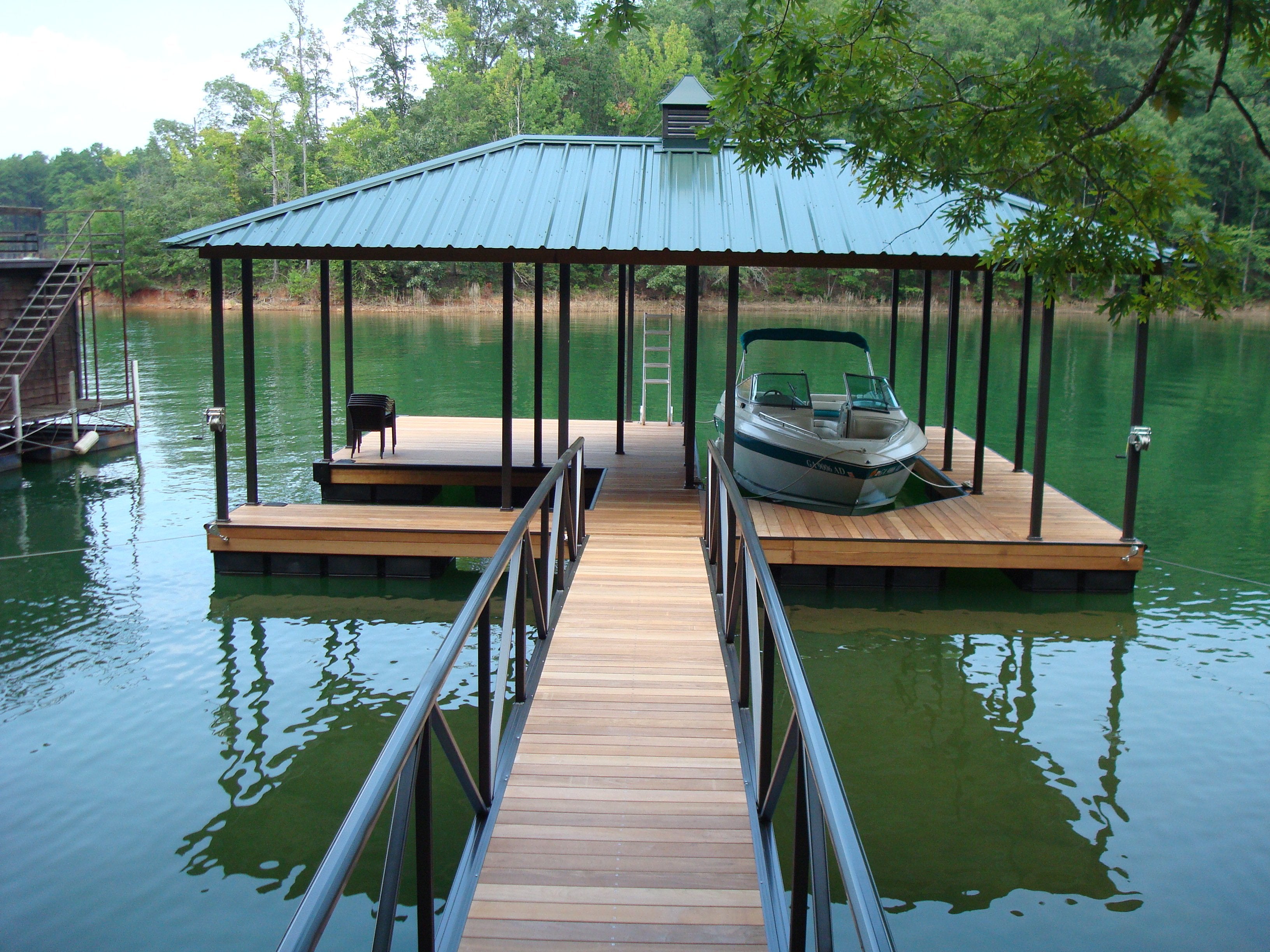Create the Perfect Docking Remedy With Floating Docks
Floating docks present a flexible service for a range of maritime demands, adjusting effortlessly to changing water degrees and varied vessel kinds. Their modular nature permits for fast installment and moving, yet the selection of suitable products and layout functions is crucial for making certain both performance and visual appeal. As we check out the important components that add to the effectiveness of floating docks, several essential aspects concerning security and upkeep will arise, questioning concerning exactly how to maximize your docking experience. The subsequent conversation will certainly illuminate these vital factors to consider.

Benefits of Floating Docks
Floating docks deal many advantages that make them an excellent choice for numerous maritime applications. Unlike fixed docks, floating docks rise and fall with the trend, ensuring consistent ease of access for vessels.
Additionally, floating docks are commonly simpler and quicker to mount contrasted to conventional fixed frameworks. Their modular layout allows for uncomplicated setting up and disassembly, facilitating upkeep and moving when necessary. This adaptability is especially useful for momentary applications or in atmospheres where conditions might alter.
Floating docks likewise have a tendency to be much more eco-friendly, as they reduce disruption to the seabed and surrounding aquatic communities. Their buoyant nature minimizes the danger of damages to marine life, advertising a much healthier environment. Moreover, these docks can be personalized to suit various vessel sizes, making sure that they fulfill specific operational requirements - floating dock services.
Inevitably, the combination of versatility, ease of setup, and ecological considerations makes floating docks a highly effective remedy for a variety of maritime demands.
Selecting the Right Products
Selecting the suitable materials for floating docks is critical to make certain durability, security, and longevity. The option of materials straight impacts the dock's performance in different environmental problems, consisting of exposure to water, sunlight, and potential wear from marine web traffic.
Typical products utilized for floating docks consist of light weight aluminum, wood, and high-density polyethylene (HDPE) Light weight aluminum is light-weight, corrosion-resistant, and calls for marginal upkeep, making it an exceptional choice for long life. Its preliminary price can be higher compared to other materials.
Timber, while visually appealing and supplying a traditional look, can be at risk to rot and insect damages otherwise correctly dealt with. Making use of pressure-treated wood or normally durable varieties like cedar or redwood can alleviate these concerns.
HDPE is a popular option as a result of its resistance to UV rays and chemicals, along with being eco pleasant. floating dock company. It is lightweight and readily available in different shades, enabling personalization
Ultimately, the appropriate product option will depend upon particular demands, including budget, desired aesthetics, and environmental considerations. Careful examination of these elements will result in a resistant and effective floating dock remedy.
Design Considerations for Security
When designing floating docks, making sure security is a basic element that can significantly affect their capability and safety and security. Stability in floating dock layout is affected by various variables, consisting of buoyancy, weight circulation, and the plan of parts.
Weight distribution is vital; evenly distributing loads across the dock avoids turning and improves security. This can be accomplished via calculated placement of docking equipment, such as fenders and cleats, as well as proper spacing of floats. Furthermore, the measurements of the dock news ought to be attentively intended. Broader layouts can provide enhanced security, especially in harsh water conditions, while longer docks might call for extra assistances to stop sagging.
One more key factor to consider is the ecological impact, consisting of wave action and wind. Integrating features such as sidewalls or skirting can help mitigate the results of environmental pressures, preserving stability in unfavorable problems. Ultimately, a combination of thoughtful design, material selection, and understanding of ecological variables will certainly yield a drifting dock that meets both stability and safety and security needs.
Installation Tips and Strategies

Next, More Bonuses secure the needed licenses and stick to local laws, which may determine installation techniques and ecological factors to consider. Involve a qualified service provider experienced in floating dock setups if needed. Use top quality materials created for marine settings to improve sturdiness and longevity.
When placing the dock, align it alongside the coastline to facilitate simple gain access to. Make certain that the anchoring system is robust, using concrete blocks or helical anchors to maintain the dock against wind and wave action. It's essential to make up seasonal water level variations, consisting of potential ice motion in cooler environments.
During the setup, verify the dock's floatation and security before wrapping up the anchoring. Regularly examine the installation for any indicators of wear or damages. By following these methods and suggestions, you can accomplish a safe and secure, practical, and cosmetically pleasing floating dock installment that fulfills your demands.
Upkeep and Care Guidelines
Caring and preserving for floating docks is critical to prolonging their lifespan and making sure risk-free use. Regular assessments need to be performed to determine any kind of indications of wear, damage, or aquatic growth. Look for cracks, loose installations, or stained locations on the dock's surface, as these concerns can compromise architectural stability.
Cleansing is important. Utilize a pressure washing machine to get rid of algae, barnacles, and debris, which can accumulate over time. For persistent development, take into consideration ecologically pleasant cleaner that won't damage marine life.
Additionally, inspect the mooring lines and anchors frequently to ensure they are totally free and protected from rust. Change any kind of frayed or harmed lines without delay to keep security.
During severe weather condition, such as storms or freezing conditions, take preventive procedures. Secure see page the dock with extra mooring lines and, if viable, eliminate any type of removable parts to stop damages.
Final Thought
In final thought, the application of floating docks provides a flexible and efficient docking solution appropriate for numerous maritime applications. With appropriate installment and routine upkeep, floating docks can offer reliable and reliable docking experiences for a vast range of vessels.
As we discover the crucial aspects that contribute to the efficiency of floating docks, a number of vital elements regarding security and maintenance will certainly emerge, raising questions regarding just how to maximize your docking experience. Unlike fixed docks, floating docks surge and autumn with the tide, ensuring consistent access for vessels.When making floating docks, making sure stability is a basic element that can dramatically affect their functionality and security. Security in floating dock style is influenced by different factors, including buoyancy, weight circulation, and the setup of parts. Inevitably, a combination of thoughtful design, material selection, and understanding of environmental variables will certainly produce a drifting dock that meets both security and safety needs.